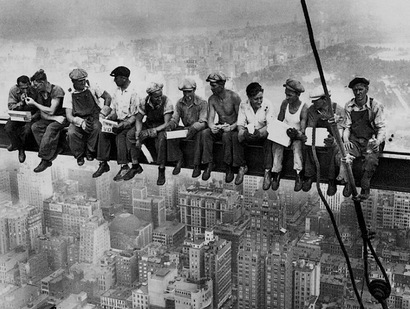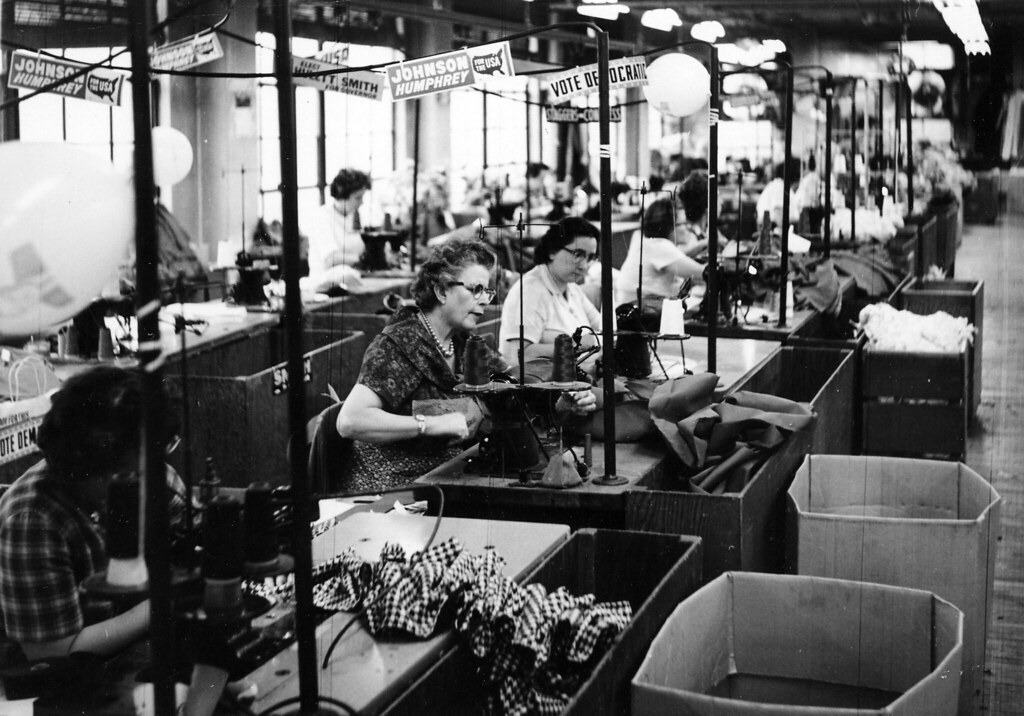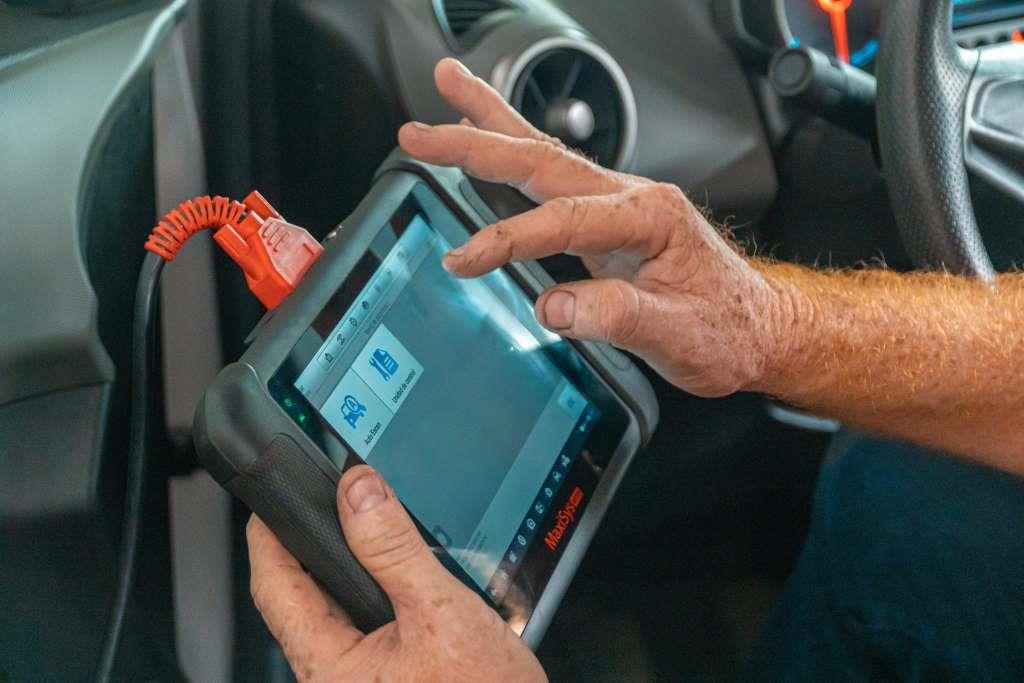If you completed any sort of United States history class in high school, I’m sure you’ve heard of the Triangle Shirtwaist Factory fire, a tragedy that killed 146 young, mostly immigrant women and girls. The public outrage over the tragedy sparked the Progressive Era and ushered in muckraking journalism that exposed the corporate greed and abuse of power in many industries that were once run by thugs and mobsters. The aftermath of this complete and total misfortune had a silver lining; women unionists fighting the good fight for safer workplaces, livable wages, gender and racial equality, health benefits, overtime pay and the 40-hour work week we are all too familiar with and often take for granted. So what else has changed between then and now?
Wages and Hours
Then – If you were a clothing factory worker, you were charged for needles and the electricity used by machines that you worked on, and your schedule and wages were often changed on a whim to accompany the greed of the corporation you worked for. If you complained, your job was threatened and you may have been beaten or jailed. Child labor laws were also rarely, if ever enforced.
Now – If you apply for a job now, you can be sure you will receive at least the national minimum wage, you won’t be charged for your equipment (unless you are a subcontractor, in which, you can claim those items for a tax deduction), you won’t have to work more than 40 hours without receiving overtime pay, and most companies have a human resources department for which you can file complaints. If you’re under the age of 18, you’re only allowed to work a certain amount of hours, and usually most places won’t hire you until you’re at least 15.
Workers Comp and Work Safety
Then – If you were injured on the job, you were often out of luck, leaving you and your family to starve, or even worse, leaving your children to have to go into harsh working conditions, where they too, could get severely injured. Most factories often locked their workers in during their shifts, making it difficult for employees to leave in case of fire. In the Triangle Shirtwaist fire, families were only compensated $75 dollars per victim and if you were the grieving family of a rail worker, you received maybe $200 for a fatality. If you worked in a factory or coal mine, you were often exposed to harsh fumes and chemicals that were often deadly. Coal mines also often only had one opening, which could collapse frequently killing most all of those contained working inside.
Now – Fortunately for us, in 1908, the US Congress passed the federal employers’ liability law, which gave way for the first workmen’s compensation laws that were passed three years later in 1911. Because of this, for example, if you were the family of a rail worker, you received around $2,000 instead of only $200 when tragedy struck. Workmen’s compensation laws also meant that instead of suing to receive compensation, you automatically receive benefits when injured on the job. Coal mines also have stricter safety enforcements, such as safety equipment implementations, ventilation, and multiple openings in case of collapse. And with laws such as OSHA (the Occupational Safety and Health Act) and the Federal Mine Safety Act of 1977, corporations are stricter on work safety more than ever.
Conclusion
Fortunately for us, we have learned from the past and enacted various laws and practices to protect ourselves from hazards that were once all too common in the past. We no longer have to worry if our wages will be pocketed by the crooks that run a business, and we no longer have to worry that if we complain about unfair treatment that a hired thug is going to come to our home and beat us mercilessly. Some struggles though, unfortunately are still being fought for today; things such as equal pay and equal opportunity employment, a livable minimum wage, and healthcare benefits provided by employers. We’ve come a long way since the early days before reform, but we still have an awful long way to go.
This article was written by Amanda Rickert. As a major US History buff, Amanda has followed the progression of labor standards in the United States for quite some time. While the system isn’t perfect, it has made great strides forward in the past century and she hopes to see these strides in other countries around the world. She is also a professional writer for eCompliance. To learn more about Amanda, feel free to check out her Google+.
Featured images: License: Creative Commons image source
















